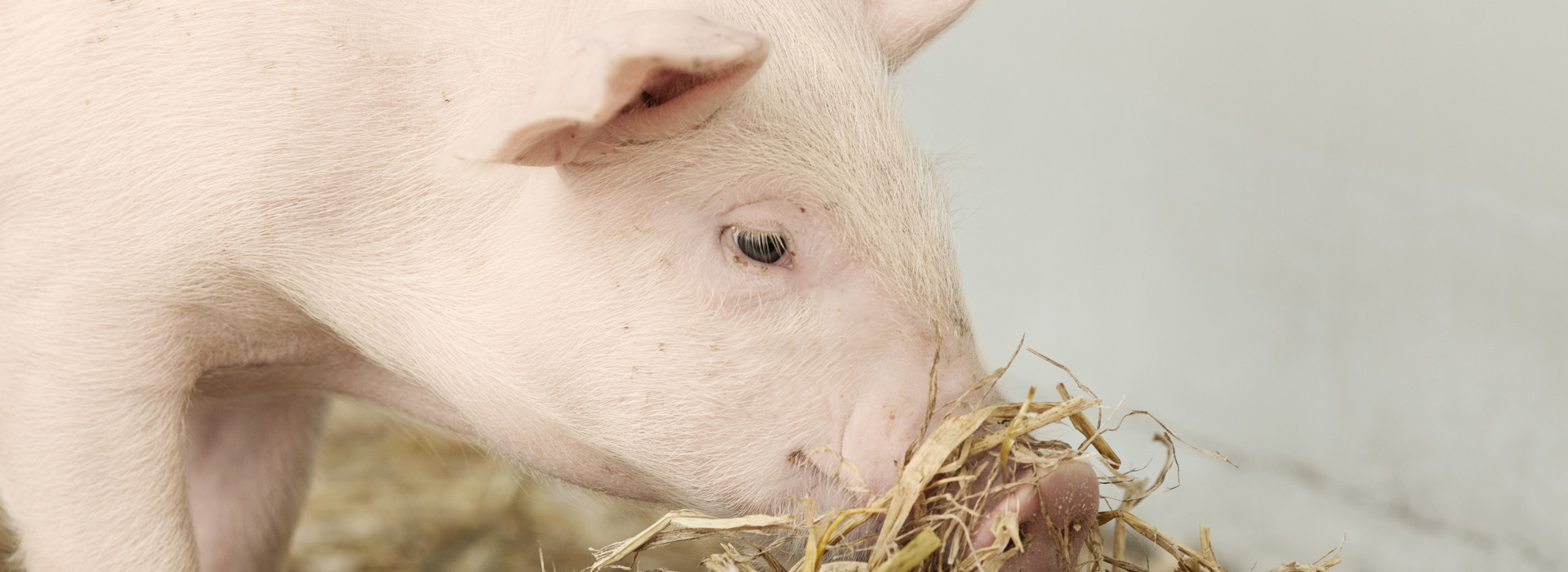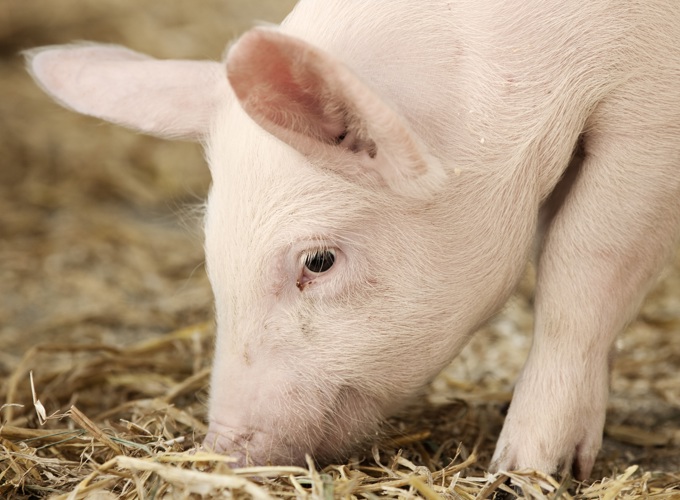
Modern pig breeding
The modern pig breeding program contributes to improve animal welfare indicators and to reduce the environmental impact of pig production by selecting more (feed) efficient and healthier animals. Additionally, it contributes to economic sustainability as it is a driving factor in every production phase.
Optimal usage of resources
The pig sector’s aim to reduce its environmental footprint can be achieved through an increase in outputs whilst minimizing inputs. To achieve that, improving feed efficiency and growth rates have been the focus of our pig breeding program in recent years. Genetic improvement for feed efficient pigs has resulted in increased average daily gain and thus, in a substantial reduction in the number of days from birth to slaughter.
In a pig production feed is a substantial economic factor as well as an important environmental load. Furthermore, improved feed efficiency is strongly associated with lower nitrogen and phosphorus excretions in growing pigs thereby reducing their contribution to the eutrophication and acidification of the environment. Moreover, more efficient animals produce less greenhouse gas emissions contributing to less polluted air. In our breeding program we focus on feed efficiency through our Saved feed breeding goal.
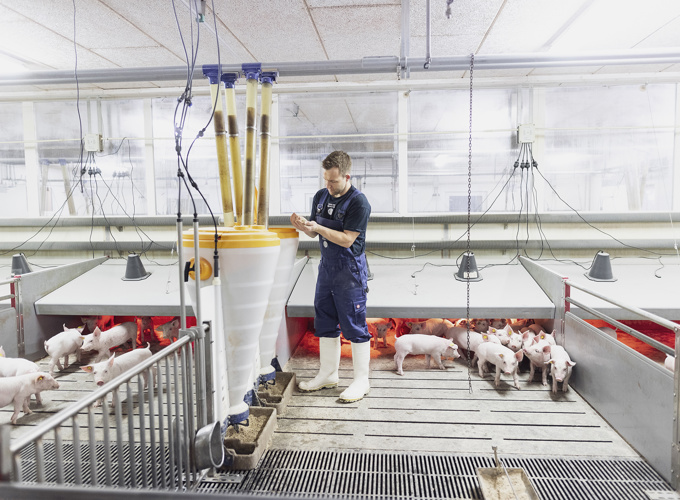
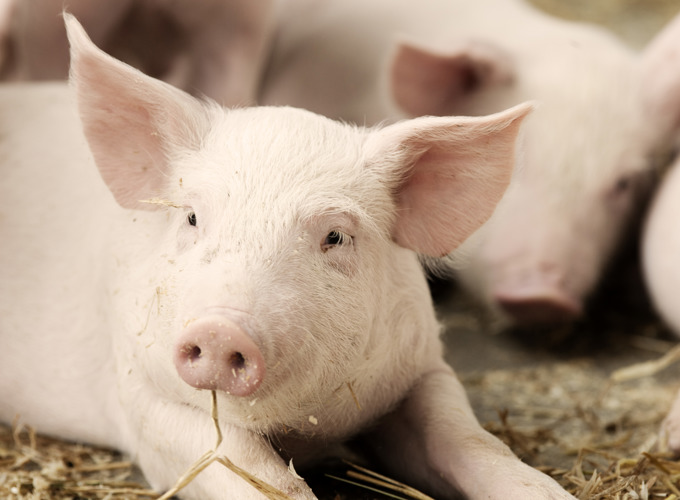
Robustness contributes to sustainability
Selection for robust pigs contributes to ensure a sustainable pig production while improving animal welfare. Robust pigs are expected to perform well under varying environmental conditions by being less susceptible to infections and production diseases, such as leg problems, and have improved longevity.
Sow longevity defined as lifetime productivity is a key component for an efficient and profitable pig industry. Inclusion of sow longevity in pig breeding programs has proven to be effective in producing sows that can manage different production conditions and produce an increased number of lifetime pigs produced per sow. That can be achieved by designing a selection index that does not focus only on the number of viable piglets but also with a substantial consideration of survivability of the piglets. This ensures that the sustainability of pork production remains optimal and animal welfare is increased by a higher survival rate.
Focus on piglet survival
Efforts to increase piglet survival have resulted in the inclusion of maternal genetic effects in the breeding program such as maternal effect on daily gain from birth to weaning, and maternal and paternal effect on piglet survival.
